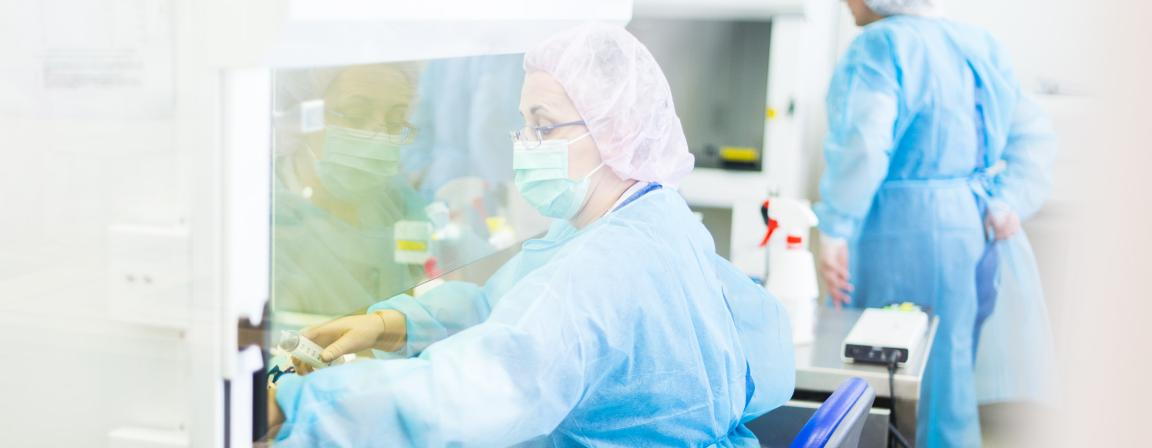A europe-wide cell therapy unit to imagine tomorrow's treatments today
The new Hematological Cell Therapy Unit at the Jules Bordet Institute, now part of the Brussels University Hospital (H.U.B) together with the Erasmus Hospital and the Queen Fabiola University Children's Hospital, is celebrating its arrival on the campus of the ULB health pole. This pioneering unit is widening its collaborations and pushing back the boundaries of cell therapy to cure more patients from all backgrounds.

The UTCH: pooling expertise from three institutions
The Hematological Cell Therapy Unit was created in 1981 within the Jules Bordet Institute with the aim of using highly innovative cell therapy to cure a growing number of patients. Since then and thanks to these precision therapies, the Unit has permitted major progress in treating rare cancers and orphan diseases. Pooling the skills and know-how of the hematological teams at the Brussels University Hospital, a grouping of the Jules Bordet Institute, the Erasmus Hospital and the Queen Fabiola University Children's Hospital, has served to strengthen our expertise in this field. After a first year at the new Jules Bordet Institute building, the Hematological Cell Therapy Unit has now been accredited by the National Medicines Agency for the use of modified cellular products. This major progress will make it possible to develop projects of increasingly practical implementation.
Cell transplants and cell therapy. What are they?
The human cells used in cell therapy have to be treated with the same care and standardisation as medicines. For the past 40 years cell therapy has been used in hematology to carry out bone marrow and stem cell transplants, that is, the transplanting of cells from which other blood cells develop (red and white corpuscles, platelets, etc.). These transplants make it possible to reconstitute a new immune system that is able to combat tumours. Cell therapy is today experiencing a genuine revolution as it expands into many other fields of medicine, such as immunotherapy to combat cancers that do not respond to chemotherapy, regenerative medicine and gene modification to cure rare diseases of the red blood corpuscles. It can also be used correct certain immune-related phenomena and to prevent the body from rejecting transplants of solid organs such as the liver or kidney. Treatment with Cart-T cells, which is the modification of white blood cells to recognise cancer cells, is also a promising form of therapy that could be produced locally. A breakthrough made possible thanks to the support of the Association Jules Bordet.
At the heart of the process: research to create tomorrow's treatments
The Hematological Cell Therapy Unit is the central link in a chain that begins with a conversation in the doctor's surgery when the patient discusses the treatment options. Upstream, there are sessions lasting several hours at an apheresis unit dedicated to collecting cells using very specific techniques. Downstream, the patient spends between several days and several weeks at a transplantation unit, the duration depending on the preparations required prior to treatment. Every day, the Cell Therapy Unit and Clinical Research work in close cooperation with the Institute laboratories, the campus laboratories and pharmaceutical partners to imagine and test tomorrow's treatments.